Parquet repair: how to eliminate all defects and lacquer in a new way
One of the most intensively operated interior elements is the floor; it is subjected to regular and sometimes very significant loads. As a result, the floor wears out pretty quickly and loses its attractiveness, which negatively affects the appearance of the entire room. Even such a durable and beautiful flooring as parquet over time loses its appeal. Sooner or later, the repair of the parquet floor will be required. The procedure is not simple, requiring professional skills and special equipment, but in some cases, quite feasible on its own.
Content
Parquet floor repair steps
The elimination of defects and parquet repairs are usually timed to redecorate or overhaul the entire room, it should be started after all other finishing and repair work has been completed. This process consists of several successive stages:
- elimination of defects (scratches, cracks, damaged strips, dents, etc.)
- surface preparation for applying varnish (scouring and grinding of parquet),
- varnishing.
To obtain a high-quality result, each of them needs to be given the closest attention. Consider these steps in more detail.
Self-repair of defects
First you need to carefully inspect the flooring and identify defects. Doing it yourself to repair the flooring should only be done if minor damage is detected.
One of the problems that you can easily cope on your own is discoloration of the floor. This can be a reaction to various detergents, water, etc. With a slight loss of color, the situation can be corrected by grinding and an additional layer of varnish. In case of serious damage, more complicated repairs may be required, including floor scrapping.
If the air in the room is too dry, cracks may appear on the floor. You can avoid this kind of trouble using a humidifier. Often, after increasing humidity to 40-50%, cracks disappear themselves. If this did not happen, then they need to be repaired, polished surface.
Loose parquet floors can be strengthened by drilling neat holes in them and driving nails, while the hats should be drowned in wood. If the parquet planks creak, between them you need to drill a hole at an angle of 45 degrees and drive a wooden pin greased with glue (PVA or carpentry), cut the protruding edge with a chisel.
Next, you need to putty all cracks, deep potholes, places where nails and pins were driven in. For this purpose, use special putty or a mixture of parquet varnish and fine sawdust. When performing this procedure, you can use a stencil made of thick cardboard. This allows you to putty gently, without dirtying the surface of the floor. On vast plastered areas imitate the pattern of wood, drawing lines with an awl.
If it is not planned to completely remove the old coating, it is necessary to use sandpaper to clean the blackened areas to light wood. Then they need to be wiped with a swab dipped in a solvent (acetone) in order to dissolve the fine particles of varnish.On clean wood, apply BF-6 glue and wipe it with the same swab.
If there is a need to replace a damaged bar, then it is necessary to cut it down, clean the place where it was.
Before installing a new bar, a comb is cut off from it, further actions depend on the type of base. On the plank flooring, a new bar is glued with carpentry or epoxy glue, or nailed with hatless nails. In the case of a concrete base, it is better to glue the lath using mastic: apply hot mastic with a layer of 1-1.5 mm, put the lath in place, remove excess mastic with a spatula or chisel, fill the cracks with putty.
Surface preparation for varnishing
Before applying varnish, scouring and grinding of the parquet is performed. Floor cycling involves two steps:
- Alignment of the floor (at this stage, elevation differences are leveled, the old coating, dirt are removed).
- Sanding parquet (elimination of minor defects).
Alignment is carried out either by special looping machines that provide high quality processing of the base, or by a special hand tool - cycles. The latter option, despite the apparent simplicity and profitability, requires the appropriate skill, otherwise you can only worsen the condition of the flooring.
The cycle is a steel pointed plate, which manually removes the upper layer of parquet. Without the skill to do it evenly is extremely difficult.
For a layman, a more acceptable option is to use grinders. Since this equipment is professional and is quite expensive, it does not always make sense to purchase a looping machine. In this case, it will be more reasonable to rent equipment or to contact a specialist who performs the parquet hacking with his tool.
If it was decided to rent a hauling machine and do it yourself parquet alignment, then you must strictly observe safety precautions and the technology of the work. First, carefully inspect the floor for sticking nails and debris that could damage the sanding belt.
At the first stage, the largest abrasive is fed into the drum, then the engine is started and the machine is driven along the wall. After one lane is passed, the machine is mixed to half its width and pass the second lane, etc. After significant elevation changes are removed, you can proceed to grinding, which will remove scratches after a rough abrasive. Finishing grinding is performed strictly in the direction of the tree. Work better with a respirator, special headphones and gloves.
Parquet lacquering technology
Traditionally, the repair of the old parquet ends with a varnishing procedure. Alkyd varnish, alkyd-urethane varnishes, varnishes based on water dispersions and acid rejection varnishes are traditional for finishing wooden and parquet floors. Alkyd varnishes have a sufficiently high wear resistance, low toxicity, low price, but at the same time they dry for a rather long time (48 hours). Alkyd-urethane varnishes are a worthy alternative to them. Their abrasion resistance is no less high, but the drying time will take four to six times less.
The application of varnish can be accompanied by raising the pile on wooden planks to prevent this, after grinding, slightly moisten the floor and allow it to dry. After that, grind again. A primer is applied to the surface thus prepared, which has a high viscosity, therefore it fills microcracks well and sticks together the pile. It is poured onto the floor, then quickly spread over the surface with a wide steel spatula. The primer dries quickly - 20-60 minutes.After drying of the first layer, the surface is ground again. Then apply the second and third layer, with an interval of 20-40 minutes. After the last layer has dried, you can proceed to varnishing.
Before use, any varnish must be mixed well and left for several minutes to remove air bubbles. It can be applied with a wide, high-quality brush with a thick and soft pile, a varnish brush, or a foam roller. Do not put too much pressure on the tool, and too noticeable joints should be avoided. To obtain a high-strength and beautiful surface, varnish is applied in several layers. Although it dries quite quickly, it will take several days, or better weeks, before intensive use of the floor.
Beautiful parquet is a sign of good taste and well-being of the owners of the premises. This is a natural, durable floor covering that adorns the interiors in classic and many other styles. However, its aesthetic appearance and service life directly depend on proper care. It's no secret that parquet is moody and periodically needs repair. If there are small defects, you can try to eliminate them yourself. It is better to entrust more complicated repairs to specialists who have the necessary knowledge, skills and equipment.

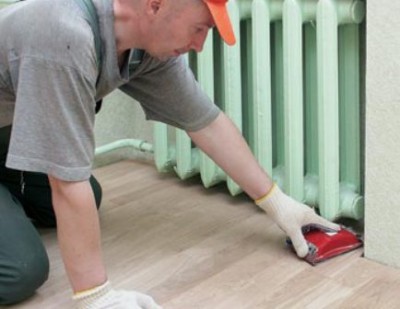
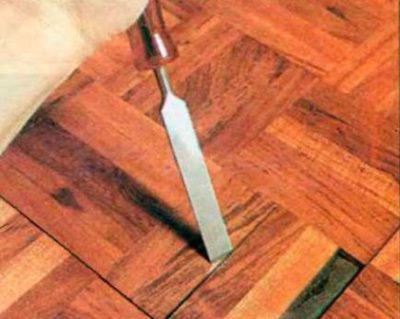
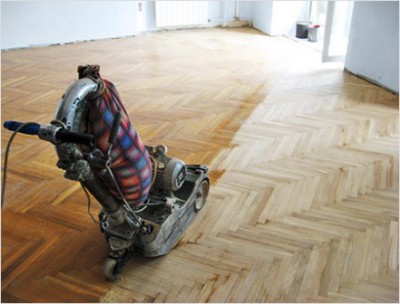
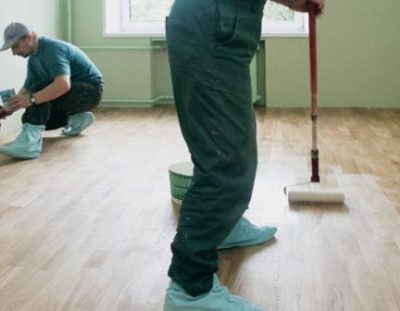
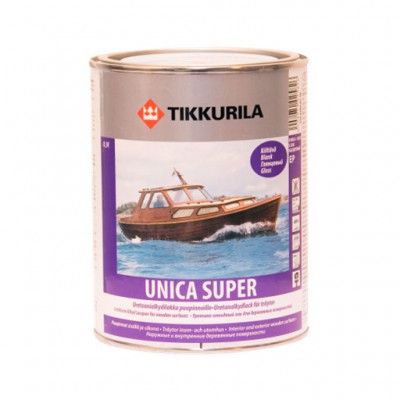
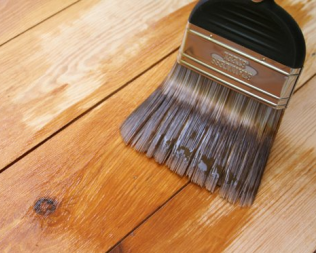
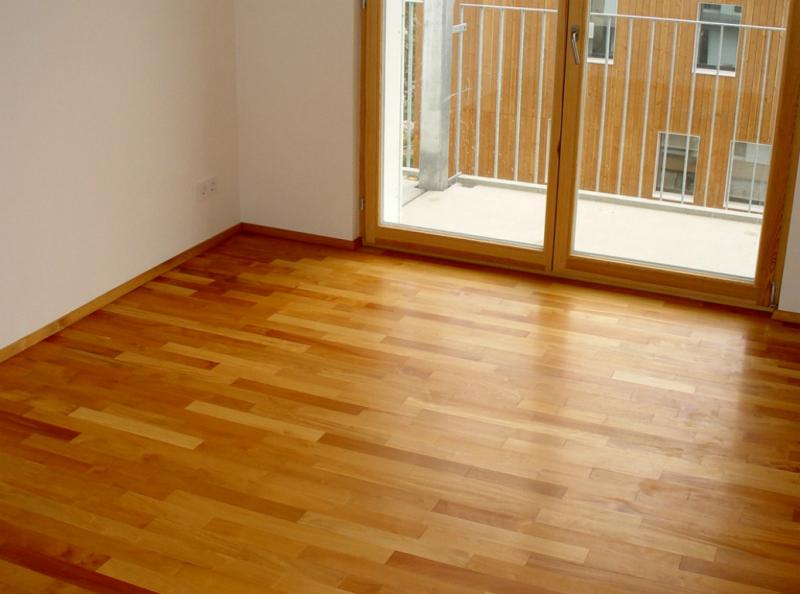
2 comments